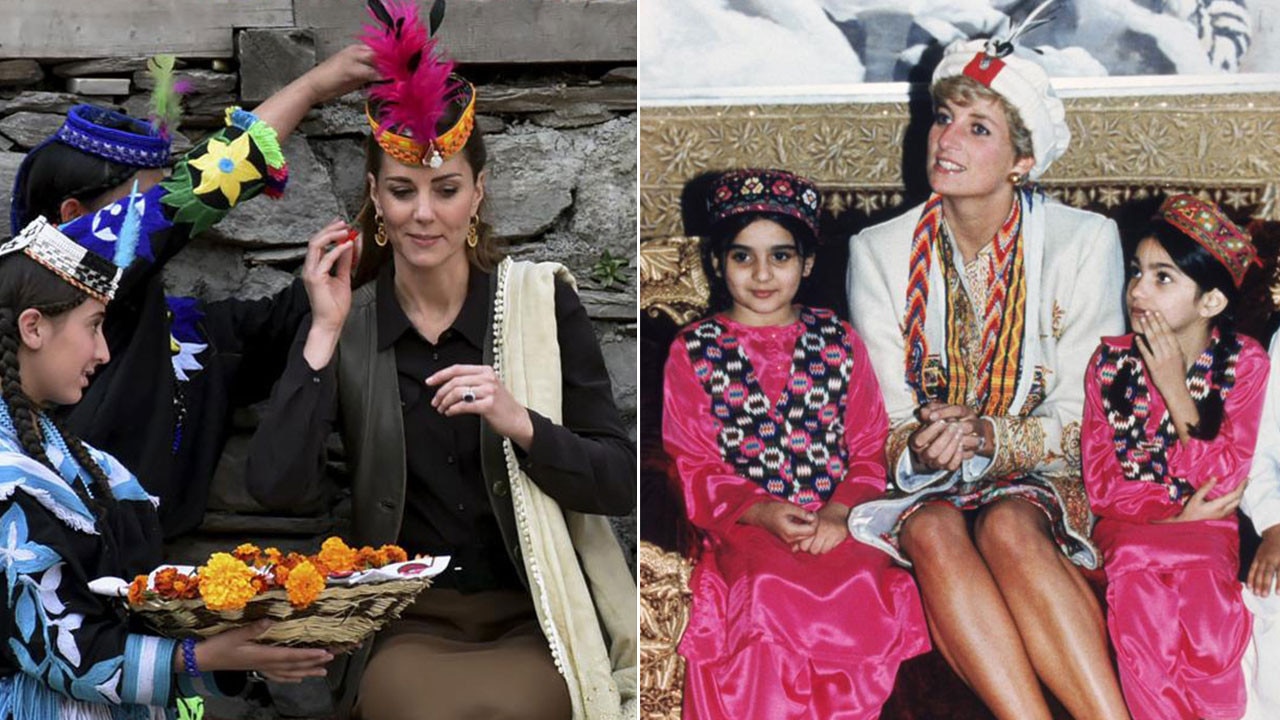History redrawn … oldest lifelike art is found in Asia
Australian and Indonesian researchers have found the world’s oldest-known figurative painting in a cave on Borneo.

An outing to the world’s oldest art gallery is not for the faint-hearted. First you must canoe up a tropical river. Then comes a four-day hike through the dense jungle of Borneo, where you will be serenaded by the calls of orangutans and at risk of being stalked by tigers.
The pay-off? A glimpse of a 40,000-year-old fresco that has toppled the theory that figurative cave art first emerged in Europe.
The depiction of an animal, possibly a wild cow, was found in a limestone cave in the isolated mountains of East Kalimantan, an Indonesian province of Borneo. Chemical analysis indicates that it is at least 40,000 years old, making it the oldest known artistic representation of a real-life object. It may be much older.
The find adds to evidence that an extraordinary dual explosion of human creativity took place on opposite sides of the prehistoric world. Europe’s oldest figurative cave art is a trove of sketches of horses, lions, bears and other beasts in the Chauvet-Pont-d’Arc Cave, southern France, believed to be about 37,000 years old.
Adam Brumm, a co-author of the Borneo study, said: “It now seems that two early cave art provinces arose at a similar time in remote corners of Palaeolithic Eurasia: one in Europe, and one in Indonesia at the opposite end of this world.”
Penny Spikins of the University of York, who was not involved in the research, said the new findings would “force us to shifting our focus away from Europe”.
“These new finds certainly suggest that Southeast Asia played a far more significant role in the earliest origins of art than we had previously assumed,” she added.
The rise of figurative art has been recognised as being at the heart of the “cognitive revolution” that gave rise, tens of thousands of years ago, to the modern human mind. Homo sapiens is thought to have arrived in Southeast Asia somewhere between 70,000 and 60,000 years ago and spread through northern Europe roughly 20,000 years later.
At the time that the paintings were made, Borneo was joined to the vast continental region of Eurasia, forming its easternmost tip.
Caves in the remote mountains of East Kalimantan had been known since at least the 1990s to contain prehistoric paintings and other imagery, including thousands of stencils of human hands.
Until recently the art was assumed to be the work of Neolithic farmers or other Stone Age people no more than about 5000 years old. Older paintings could not have survived the tropical climate, it was assumed.
The new study, published in the journal Nature, relies on a dating technique that looks at the rate of decay of uranium in a calcite mineral layer that formed over the ages on top of the artworks.
Co-author Maxime Aubert of Griffith University, said: “The oldest cave art image we dated is a large painting of an unidentified animal, probably a species of wild cattle still found in the jungles of Borneo — this has a minimum age of around 40,000 years and is now the earliest known figurative artwork.”
The artist used a clay rich in iron oxide as a pigment and researchers suspect the paintings were purple and changed to a red-orange with time. A first phase of paintings of animals and hand stencils appears to have started in the Borneo cave between 40,000 and 52,000 years ago and may have lasted until an ice age 20,000 years ago. At this point a second phase of art emerges, focused more on the human world.
The Times



To join the conversation, please log in. Don't have an account? Register
Join the conversation, you are commenting as Logout